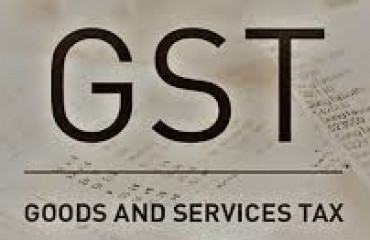
Ashok Leyland Ltd hit a new 52-week high on Friday as investors cheered its September quarter (Q2FY26) results, which were announced on Thursday.
Ashok Leyland Ltd hit a new 52-week high on Friday as investors cheered its September quarter (Q2FY26) results, which were announced on Thursday.
After a muted FY25 and a slow start to FY26, strong growth, market-share gains and margin expansion in Q2 have enthused the Street. India's second-largest commercial vehicle maker beat estimates with 9% year-on-year revenue growth to ₹9,590 crore, driven by 8% volume growth and better realizations.
Exports jumped 45% and contributed nearly 10% of volumes, offsetting slower growth in its core domestic medium and heavy commercial vehicle (MHCV) segment, which rose just 2%. Light commercial vehicle (LCV) volumes grew 6%.
The company is also gaining ground on rivals. Market share rose 50 bps year-on-year to 31% in MHCVs and 90 bps to 13.9% in LCVs. Its subsidiaries are beginning to contribute meaningfully too. Switch Mobility India, focused on e-buses, turned Ebitda- and profit after tax (PAT)-positive in H1FY26 and is on track for free-cash-flow breakeven by FY27—adding ₹50 crore to company's bottom line in Q2.
Margins strengthen
Ebitda margin improved from 11.6% in Q2FY25 to 12.1% in Q2FY26, driven by better mix and sustained cost controls.
"Sustained cost optimization has supported 15 straight quarters of YoY margin expansion," noted Nirmal Bang Institutional Equities.
Faster growth in margin-accretive non-truck businesses—spares, power solutions and defence—now contributes 50% of revenues, up from 40% in FY22. The company is targeting mid-teen Ebitda margins over the next two to three years. Adjusted PAT rose 24% year-on-year to ₹810 crore.
Looking ahead, GST 2.0, government capex, a healthy monsoon and rising replacement demand (owing to an ageing truck fleet) bode well for MHCV demand. Ashok Leyland's capex strategy— ₹660 crore already spent in H1 with full-year guidance at ₹800–1,000 crore—aims to position it ahead of the demand curve. Its net-debt-free balance sheet adds comfort.
Risks on the road
Risks remain.
Railways, particularly the Western Dedicated Freight Corridor, could divert freight movement and dent MHCV demand. Nuvama Institutional Equities also flagged the company's "aggressive" stance on upcoming e-bus tenders under the oft-delayed PM E-Drive scheme.
Notwithstanding government's subsidies and assurances on timely payments from state transport agencies, and the management's comments around double-digit IRRs on ongoing GCC projects, concerns remain around capital intensity of the GCC model, adequacy of charging infrastructure, and potential supply-chain issues for components including batteries.
Under the GCC model, the manufacturer retains asset ownership and is paid per-km usage by state transport agencies.
Meanwhile, the stock has rallied by 38% over the past one year beating the Nifty Auto Index's 20% return. This has taken its valuation to 14.5x EV/Ebitda based on Nuvama's FY27 estimates. Any of the above risks materializing, could push the brakes on the stock's rally.
